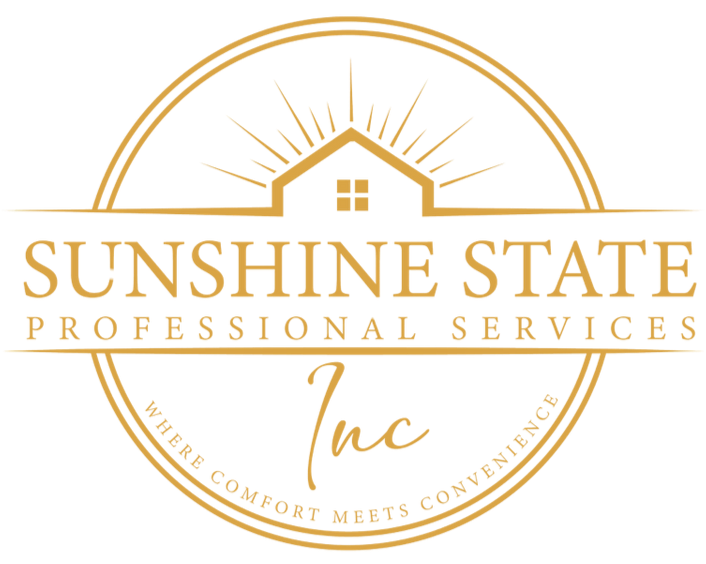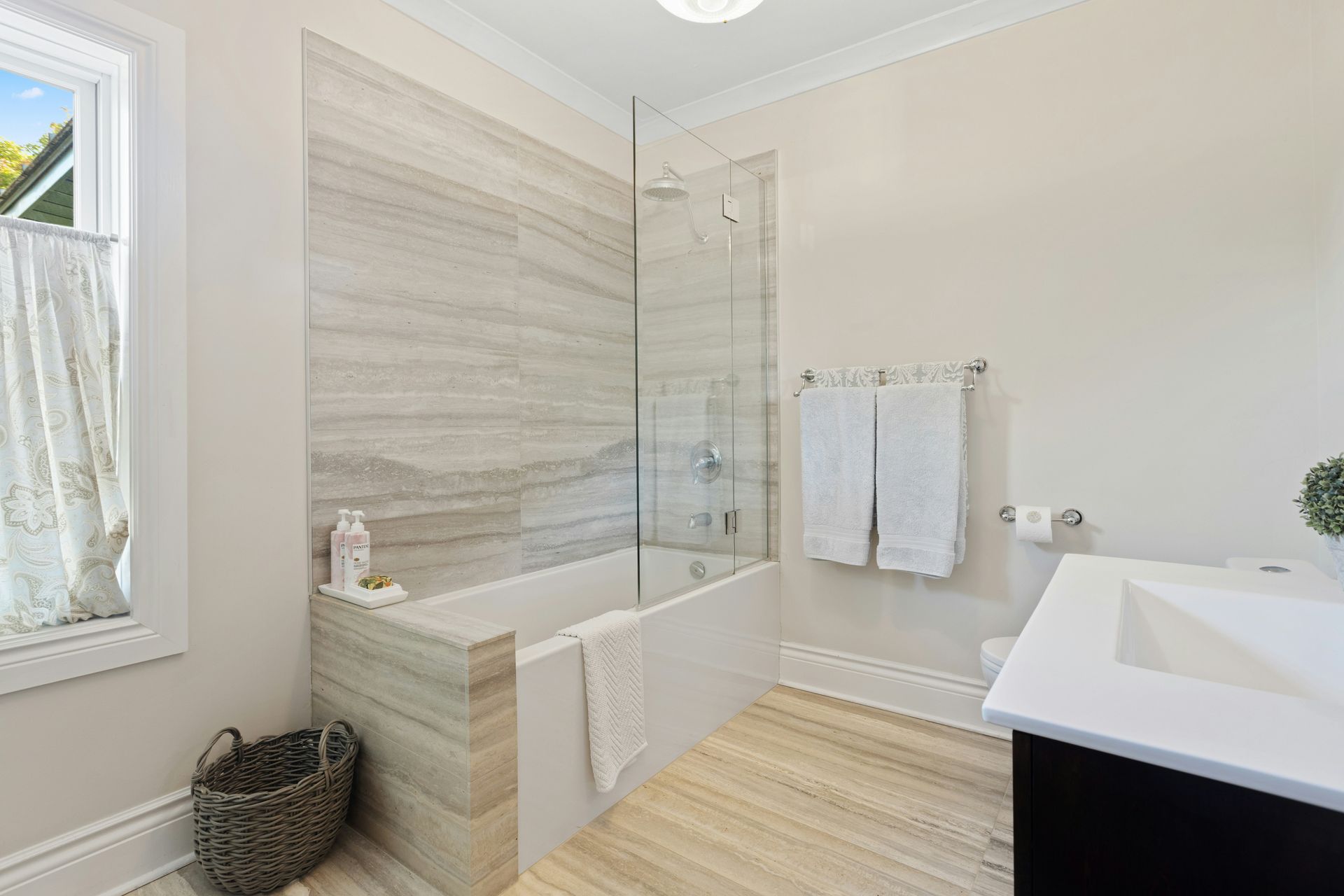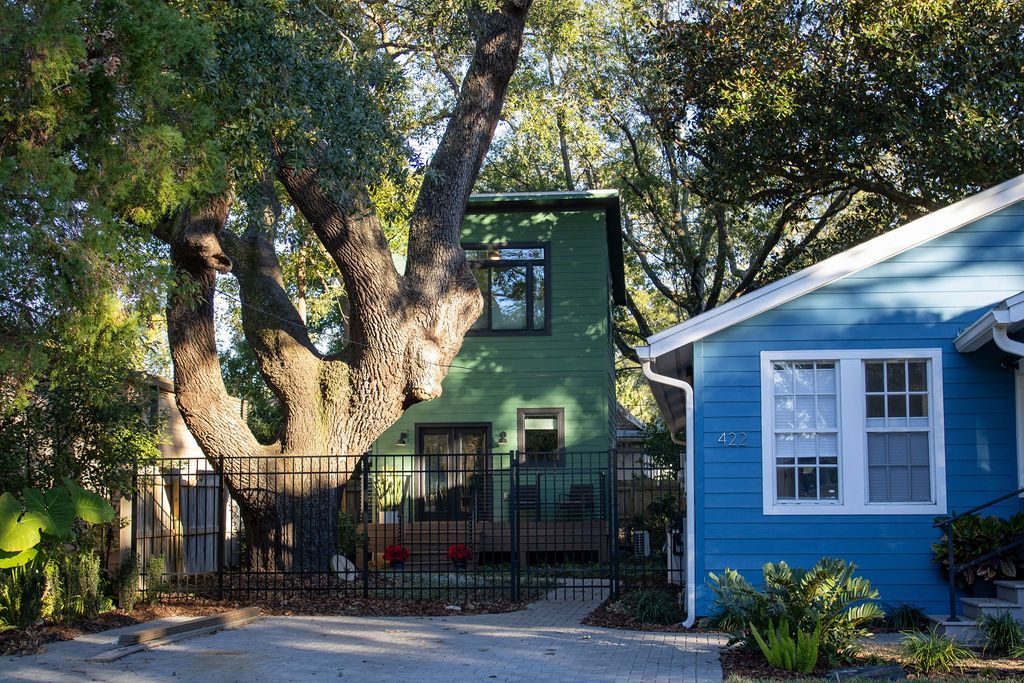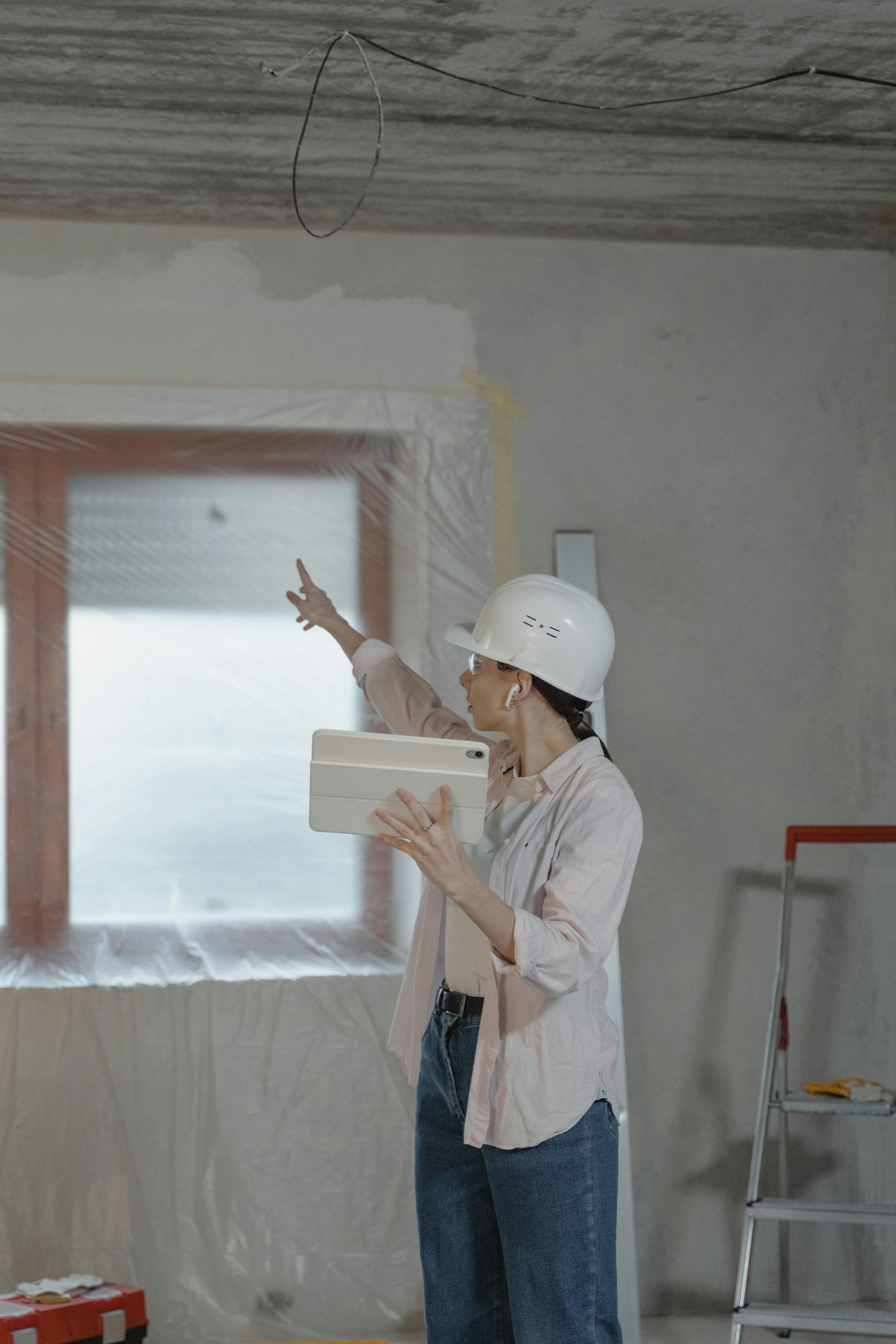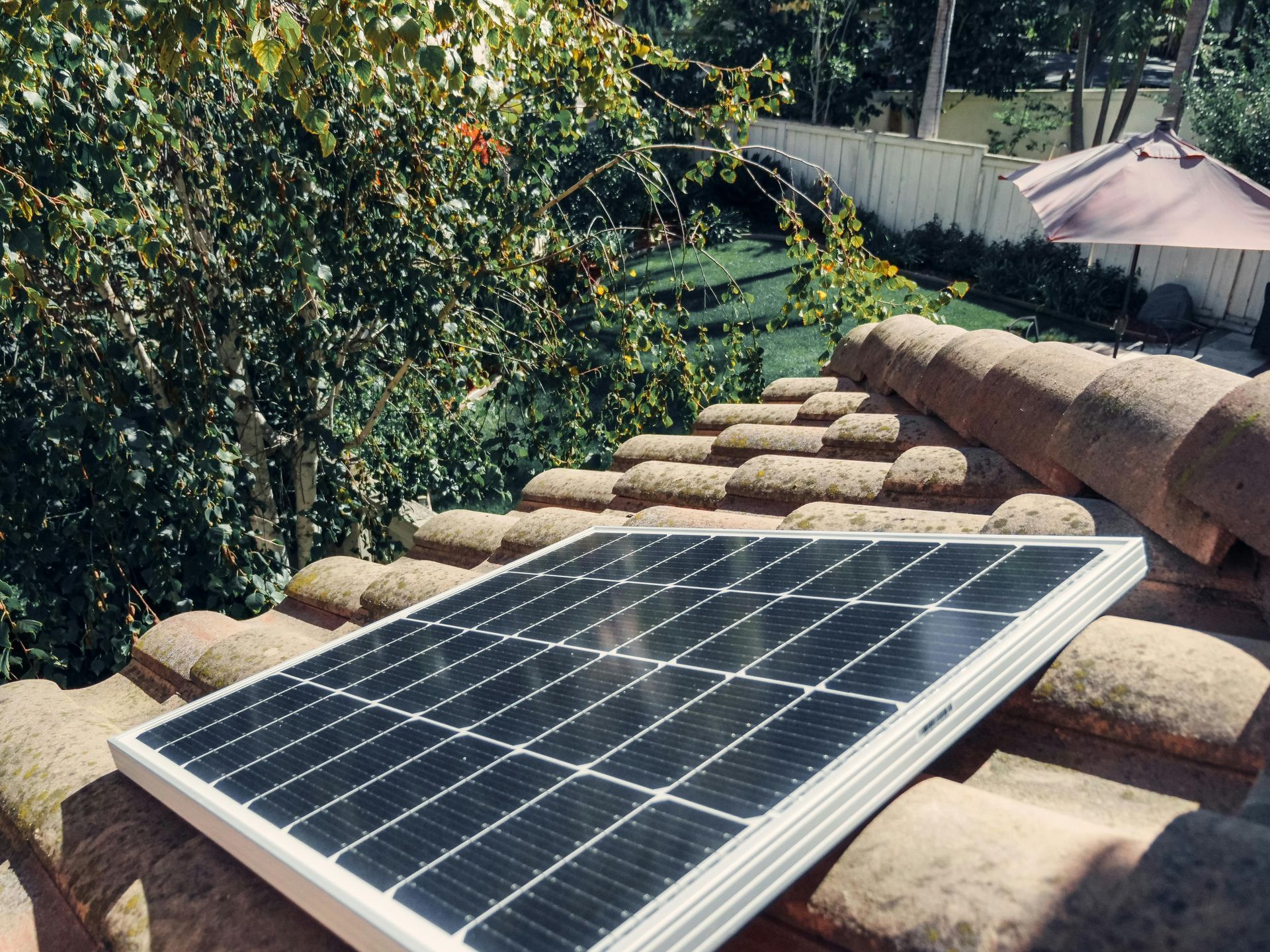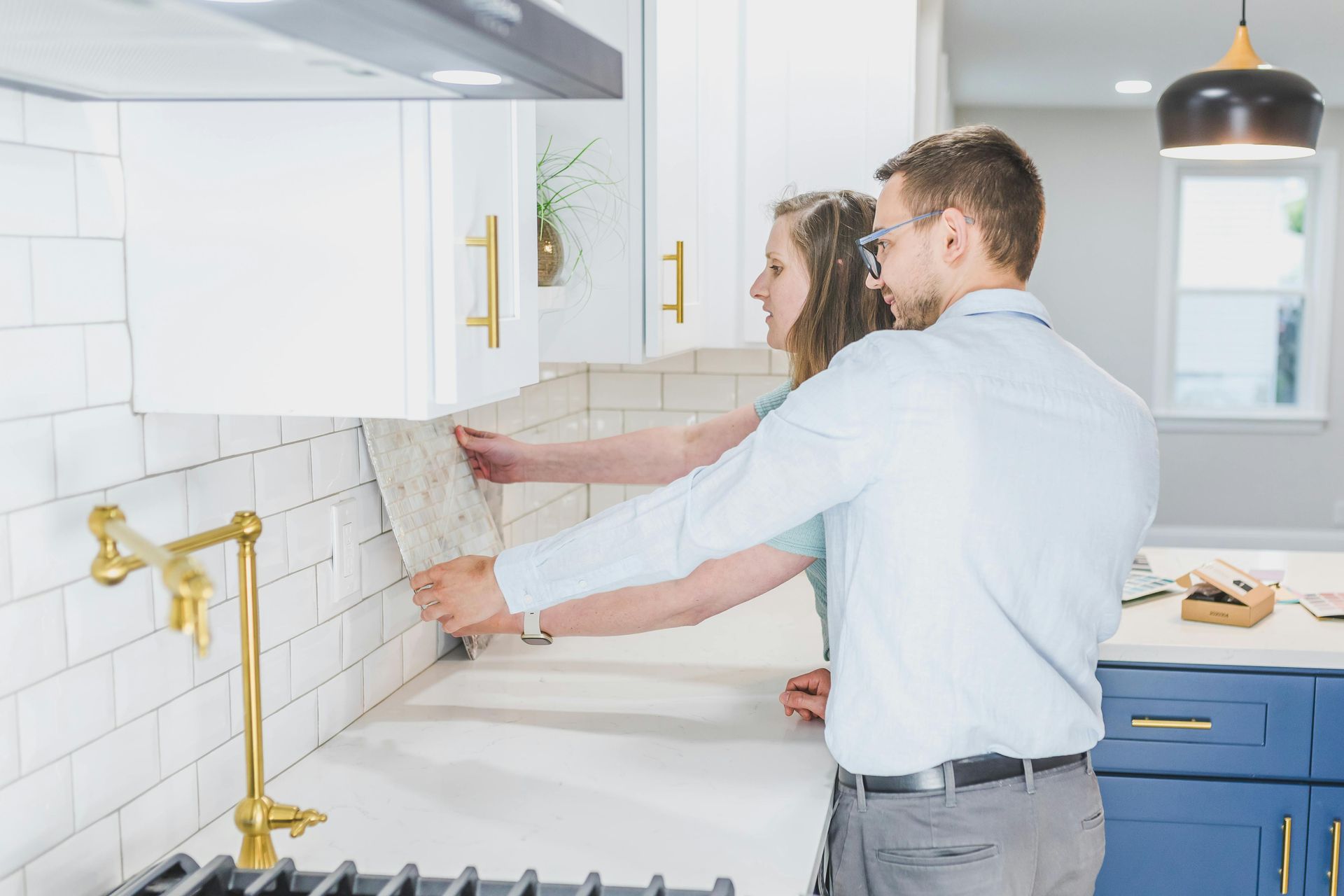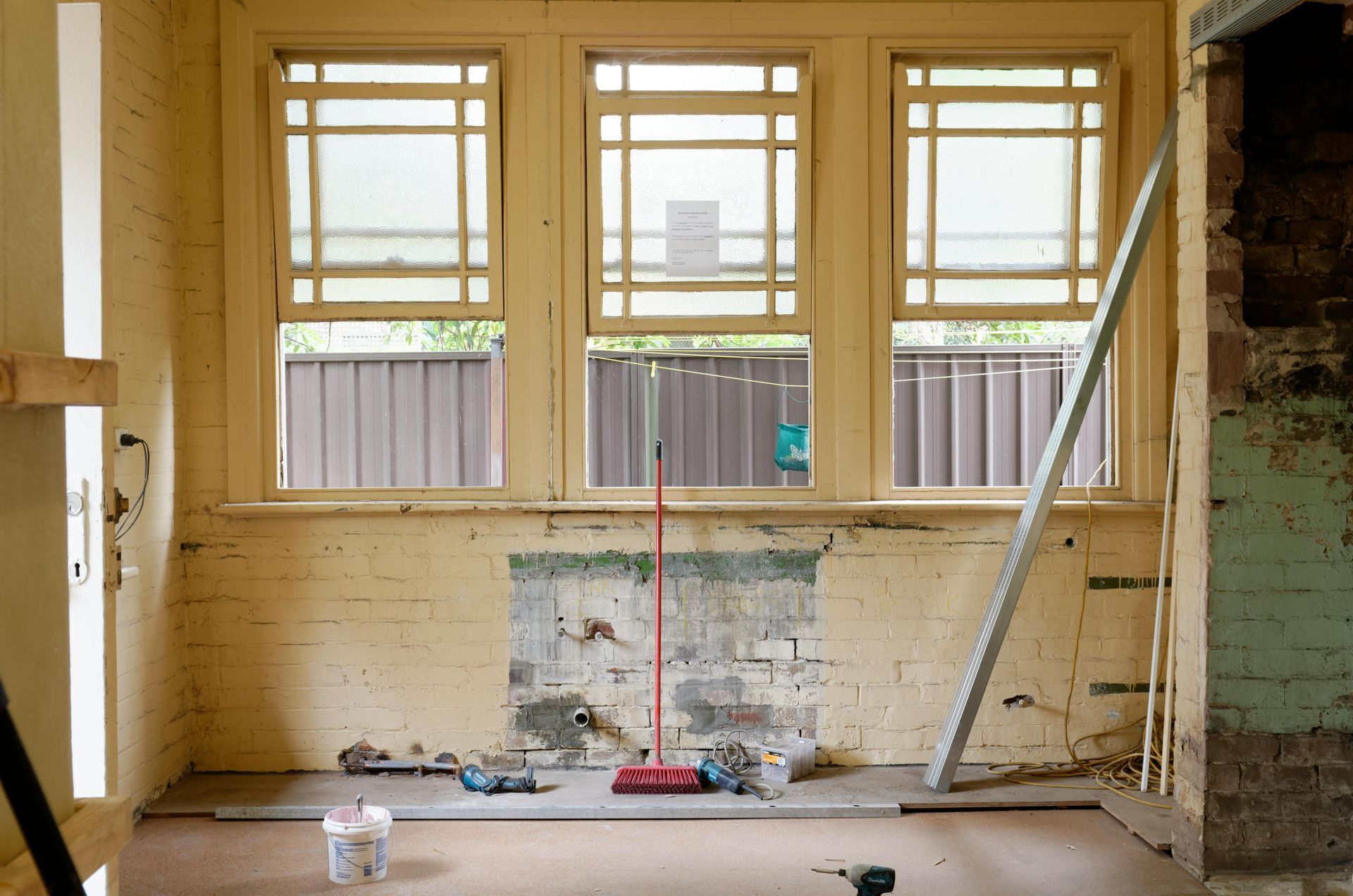Post-Restoration Cleanup Tips for Homeowners
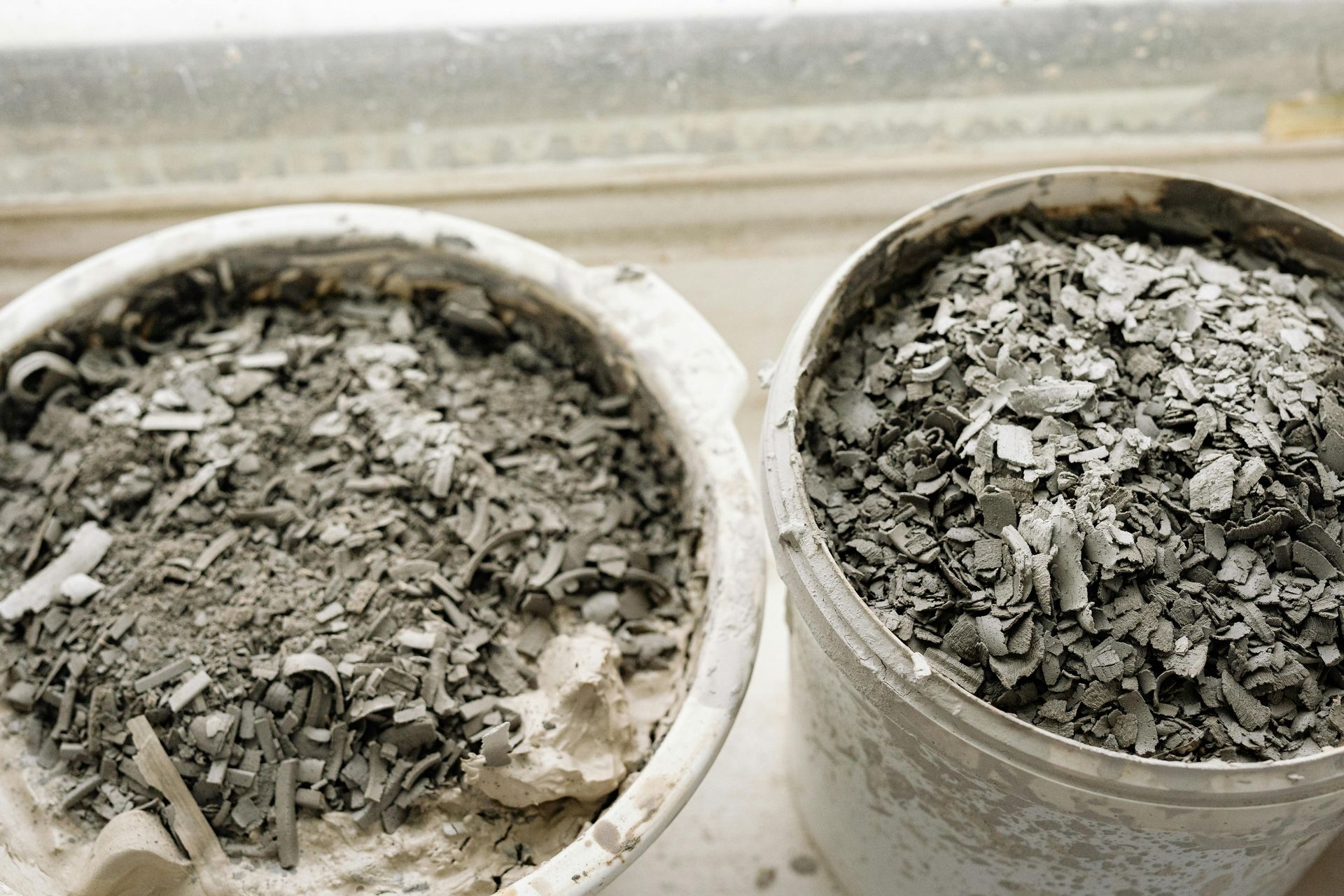
Restoring your home after a renovation, flood, or fire is a huge milestone — but the work isn’t finished yet. A deep post-restoration cleanup is essential to clear hidden dust, eliminate hazards, and make your space truly safe and livable.
In this guide, we’ll walk you through simple, effective tips to handle post-restoration cleaning like a pro. Keep reading to make sure your newly restored home is fresh, healthy, and ready for you to enjoy.
Why Post-Restoration Cleanup Matters
When the renovation crew leaves or the disaster passes, your home isn’t automatically ready for living. Post-restoration cleanup is just as important as the repairs themselves. It removes harmful dust, debris, and contaminants left behind during construction, fire restoration, or flood recovery.
Without proper cleaning:
- Dust can linger in the air for weeks.
- Soot and smoke particles may settle into fabrics and furniture.
- Mold and mildew could grow unnoticed in damp spaces.
A clean home means a healthy, safe, and truly fresh start.
Essential Preparations Before Cleanup Begins
Getting organized before you jump into cleaning can save you hours of frustration later.
Prioritize Safety First
Before you pick up a broom, gear up:
- Wear gloves, masks, and protective eyewear.
- Use steel-toed boots and coveralls if you're dealing with flood debris or fire residue.
- Turn off the electricity when working near damp areas.
Safety always comes first when dealing with post-disaster environments.
Document Damage for Insurance Claims
Take photos and videos of every area before you start cleaning. This helps when filing insurance claims and makes it easier to track the work you've done.
Gather the Right Tools and Supplies
Having everything ready before you start cleaning helps you move faster:
- Heavy-duty garbage bags
- HEPA vacuum cleaner
- Buckets, mops, and brooms
- Mild cleaners, degreasers, and disinfectants
- Scrub brushes and microfiber cloths
Make sure you stock up before you dive in.
Step-by-Step Post-Restoration Cleaning Guide
Cleaning after a restoration project isn't the same as routine house cleaning. Here’s a simple roadmap to follow:
- Make a checklist: Write down every room and major task to stay organized.
- Start with dusting from top to bottom: Dust ceilings, fans, shelves, and furniture before moving to floors.
- Vacuum everything, even walls: Use a HEPA vacuum to capture tiny particles that regular vacuums miss.
- Wipe down surfaces with disinfectant: Pay extra attention to kitchens, bathrooms, and high-touch areas.
- Mop hard floors thoroughly: Change the mop water often to avoid spreading dirt around.
- Deep clean carpets and upholstery: Renting a steam cleaner is a great idea if your carpets were exposed to smoke or water.
- Ventilate the space: Open windows and use fans to remove lingering odors and improve air quality.
Step-by-step cleaning helps you avoid missing critical spots and makes the whole project less overwhelming.
Special Focus Areas for Deep Cleaning
Every area matters, but some spots need extra love after a restoration.
Handling Smoke and Soot Residue
Smoke particles cling to everything. To clean smoke damage:
- Use dry cleaning sponges for walls and ceilings.
- Avoid water at first, as it can smear soot.
- Use specialized soot removers or consult a restoration company if needed.
Dealing with Water-Damaged Materials
Water damage invites mold and bacteria. After a flood:
- Remove and discard porous materials like insulation and drywall.
- Disinfect hard surfaces with a bleach solution (1 cup bleach to 1 gallon of water).
- Check hidden spots under the flooring, behind walls, and inside closets.
Proper Disposal of Construction Debris
Dispose of renovation debris the right way:
- Separate recyclables like wood, metal, and concrete.
- Arrange a pickup or find a local waste disposal site.
- Never dump hazardous materials like paint or chemicals — use approved disposal services.
For more on proper debris disposal, you can check the EPA's guidelines for disaster debris removal.
Post-Disaster Specific Cleanup Tips
Not all damage is the same. Different types of disasters need different cleanup approaches.
Flood Damage Cleanup Best Practices
- Dry the area completely within 24–48 hours.
- Toss out soaked insulation, drywall, and mattresses.
- Clean with disinfectant to kill bacteria.
Fire and Smoke Damage Recovery Tips
- Remove soot before using liquid cleaners.
- Wash textiles like curtains and cushions with specialized cleaners.
- Repaint walls only after sealing with a smoke odor blocker.
Mold Prevention and Treatment After Water Damage
- Keep dehumidifiers running for days after visible drying.
- Scrub visible mold with mold-killing products.
- Hire a professional for large or stubborn mold issues.
If you're curious about deeper mold removal techniques, the CDC Mold Cleanup Guide is a trusted resource.
Professional vs. DIY Post-Restoration Cleaning
Cleaning up after a disaster sounds doable — until you realize how big the job really is. Sometimes it makes sense to bring in professionals, especially when:
- Smoke, soot, or mold contamination is severe.
- Flooding has affected electrical systems and insulation.
- You need certified sanitization for health reasons.
Sunshine State offers expert post-restoration cleaning services that cover everything from fire damage cleanup to mold removal. They specialize in fast, thorough cleanup, helping homeowners safely move back into their homes without worrying about hidden contaminants. Whether your home suffered from a storm, flood, or fire, Sunshine State can get your space back to clean, healthy living conditions quickly.
Final Steps Before Re-Occupying Your Home
Before you move back into your restored home, check these final boxes:
Conduct a Final Walkthrough
Walk through every room carefully, checking for leftover construction debris, lingering odors, water stains, or any signs of mold or mildew.
Open cabinets, check closets, and inspect less obvious spots like basements and attics.
If anything looks suspicious or unfinished, address it before bringing in your belongings.
Replace Damaged or Non-Salvageable Items
Some items simply can't be saved after water, fire, or smoke damage.
If carpets, upholstered furniture, or insulation still smell, look stained, or feel damp even after cleaning, it's safest to replace them.
Holding onto contaminated items can lead to lingering odors, mold growth, and even health risks for your family.
Test Indoor Air Quality and Safety Systems
- Replace smoke detectors if damaged.
- Install fresh air filters.
- Use an indoor air quality monitor to ensure it’s safe for your family.
Peace of mind comes when you know your home is not just beautiful, but also clean and healthy.
Conclusion
Cleaning after a home restoration isn’t glamorous, but it’s necessary. It clears out hidden risks, brings back the comfort of your living spaces, and lets you enjoy the full results of your renovation or recovery work. You can handle the cleanup yourself or bring in a professional team like Sunshine State to make sure everything is done safely and thoroughly. A proper post-restoration cleanup lays the groundwork for a fresh, healthy start in your renewed home.



